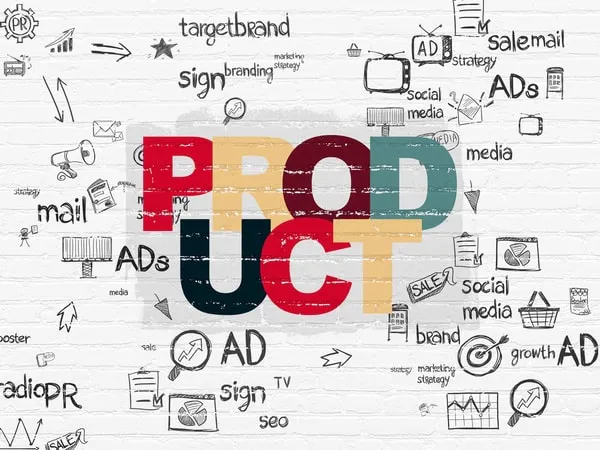You launch a product because you want people to use it. The key to making that happen is by creating a solid product marketing strategy through which you advertise the product to the right people at the right time using the best methods to reach them. Unlike business marketing, product marketing is solely focused on getting people to learn about your product rather than your business overall.
With the right product marketing strategy in place, you could launch your new offering to an audience of already interested people, giving you a better chance of landing sales right out of the gate. And a winning strategy will continue to target people who want and need your product to keep it selling well after its launch.
What Is Product Marketing?

Product marketing is a culmination of the tasks that happen before, during, and after launching a product. The process includes product positioning, pre-launch, launch, post-launch, and analytics. Most products can’t be launched to an audience and take off with little to no effort. Instead, a marketing team is usually responsible for everything that happens behind the scenes to ensure a successful launch and product appeal. That all happens through product marketing.
Thanks to all the digital tools we have today, it’s easier than ever to track a product’s success from its concept all the way to store shelves. Analytics tools do much of the work as far as knowing what’s working and what isn’t. Still, any product creator must understand the parts of a product marketing cycle and how each piece relates to the customer.
2022 Product Marketing Guide
Although product marketing methods evolve over time, the fundamentals of the process don’t change much, regardless of whether you want to put a physical product on store shelves or are interested in launching a digital product in 2022.
The following elements are crucial points to focus on in a product marketing plan:
Product Positioning

Before a product can reach the market, its developers need to position it in a way that will appeal to its target market. Today, many marketers use the strategy of creating a “buyer persona,” or a fake person who is an ideal customer for the product. The buyer persona has a demographic and personality that makes it easier for product marketers to figure out where and how to start selling their product.
Through your buyer persona, you can also develop pricing, marketing techniques, messaging (including your unique selling proposition), and product features and descriptions that align with your target buyer’s needs and wants.
Product Launch Planning
The next step in the process is preparing for a product launch. Today’s products usually go through a pre-launch, a period of awareness that targets potential buyers. The pre-launch garners interest and feedback for a product, leading to a more successful actual launch. Much of the pre-launch happens online through paid advertising, social media, email marketing, and similar avenues.
The pre-launch can absolutely determine the success of a product’s launch. Marketers should already have a clear marketing strategy in place that includes an email list to market to and an engaged social media audience. Adding a “Coming Soon” section to a landing page to collect email addresses from those interested in possibly buying your product can grow your subscriber list to prepare for your pre-launch and launch.
Content Creation
The pre-launch, launch, and post-launch for a product each require content that speaks to each piece’s audience. Content can come in several forms, from podcasts to brochures. Videos also work exceptionally well for products because they can show a product in use. Landing pages, blog content, and quizzes are just a few other types of content that you can use to move potential customers through a sales funnel.
Promotion

The promotion piece comes after a product launch. People have an interest in the product and probably have started to buy it. But continuous promotion ensures that you reach as many people as possible and keep reaching them long after your product goes public. In today’s market, both paid advertising and paid social marketing are popular ways to promote products.
Analyzing and Testing
Markets change, and people change. Your product’s relevance today may not be the same a few months from now, making it crucial to develop an analytics strategy to ensure your product marketing is as effective as possible. Do this by getting feedback from customers through surveys, product reviews, and testimonials. You can also use analytics tools to gauge whether your advertising strategies are still working and what you might need to do to make them appeal to more people as they move through your funnel.
Once you’ve launched your product, take advantage of tools that help potential customers discover your products and make purchases. Our Amazon follow button makes it easy for customers to visit your product pages from your website and even save your product to their wishlist so they (or someone purchasing a gift for them) can easily find it to make a purchase later. It takes just minutes to install, and it’s totally free to use!




